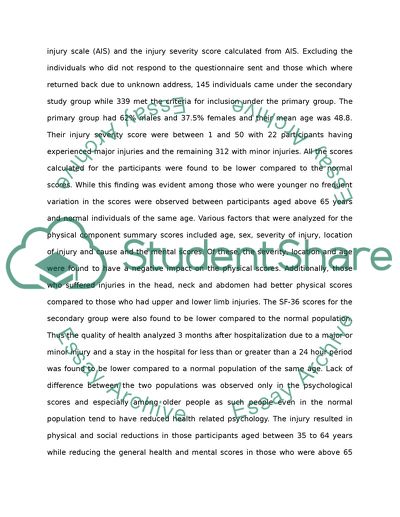Cite this document
(Health Outcomes of Adults 3 Months after Injury Article, n.d.)
Health Outcomes of Adults 3 Months after Injury Article. Retrieved from https://studentshare.org/health-sciences-medicine/1733214-critically-evaluate-three-studies-each-one-separately
Health Outcomes of Adults 3 Months after Injury Article. Retrieved from https://studentshare.org/health-sciences-medicine/1733214-critically-evaluate-three-studies-each-one-separately
(Health Outcomes of Adults 3 Months After Injury Article)
Health Outcomes of Adults 3 Months After Injury Article. https://studentshare.org/health-sciences-medicine/1733214-critically-evaluate-three-studies-each-one-separately.
Health Outcomes of Adults 3 Months After Injury Article. https://studentshare.org/health-sciences-medicine/1733214-critically-evaluate-three-studies-each-one-separately.
“Health Outcomes of Adults 3 Months After Injury Article”, n.d. https://studentshare.org/health-sciences-medicine/1733214-critically-evaluate-three-studies-each-one-separately.


